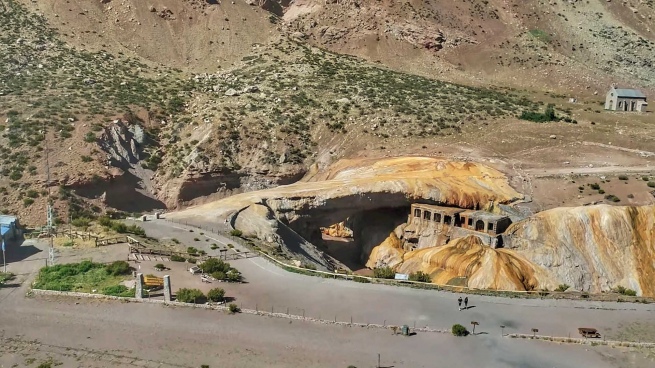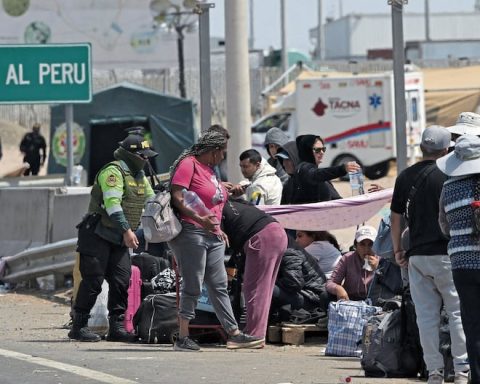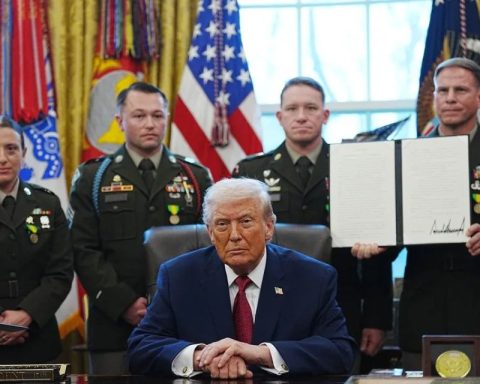The creation of a reception center for visitors, identification of ancient ruins, and land use and planning tasks in the Quebrada de Ranchillos section, near the town of Uspallata and part of the ancestral Inca road, are part of the work of the Mendoza government to the recovery of the Andean Road System.
“We are about to undertake the reception center for visitors, ready to tender the work, in addition to land use and planning, recovering ancient ruins and observing old highway beaches that can function as a parking lot to improve the visiting experience of tourists and schoolchildren” explained the director of Cultural Heritage, Horacio Chiavazza.
This is the world heritage sector ‘Qhapaq Ñan’, Andean Road System, which was selected by the Nation to apply a subsidy obtained for the 50 Destinations programa project that will mean the implementation of a system, visitor center and interpretation of the site.
“Safeguarding this World Heritage Site and involving several provinces such as Salta, Jujuy, Catamarca, La Rioja, San Juan and Mendoza and some countries: Chile, Peru, Bolivia, Colombia and Ecuador, plus Argentina, is essential”
Qhapaq Ñan, the Andean Road System, It is recognized by UNESCO as a World Heritage Site.
Currently the Government, through the Ministries of Culture and Tourism and Infrastructure, together with the National Directorate of Architecture and the Army, are working to preserve the network of Inca roads.
The history
During the fifteenth century, the Uspallata Valley and part of the Mendoza River were occupied by the Incas for their subsistence, landscapes that are known as the Inca Trail and are made up of the areas of Tambillos, Ranchillos and Tambillitos, where the chasquis or messengers and populations that fulfilled strategic functions at their service, settlers, farmers and soldiers.
The presence of the Inca in the area stands out for its network of roads, for its dairy farms and its petroglyphs, that are the testimony of the communication of the towns located in this area in the mountain range.
There, the Uspallata Valley was then constituted as a place of transit on its way to Chile and the Ranchillos ravine, which is close to the town of Uspallata, rises to the north and is located at the mouth of the Mendoza River.
Lieutenant Colonel Bernardo Cecchini, head of the 16th Mountain Infantry Regimenthighlighted the importance of “rescue the historical significance of this place and the possibilities it offers due to the great tourist flow that National Route 7 has, the most important bi-oceanic corridor of the continent that unites three continents, America, Europe and Asia, but above all all the possibility of dimensioning the historical amount of the site”.

Mariano Alguacil, from the Directorate of Tourism Planning and Development, commented that “this year the financing was obtained to start the works for the enhancement of Qhapaq Ñan as an emblematic site within this heritage.”
“Safeguarding this World Heritage Site and involving several provinces such as Salta, Jujuy, Catamarca, La Rioja, San Juan and Mendoza and some countries: Chile, Peru, Bolivia, Colombia and Ecuador, plus Argentina, is essential,” he said. .
The initiative
The 50 Destinations program is an initiative that aims to finance tourism infrastructure works throughout the country with the aim of boosting activity, strengthening and expanding the tourism offer, consolidating destinations and promoting sectoral competitiveness, and seeks to provide tourists with a complete experience to enjoy.
For that reason, nature tourism plays a key role and the focus is placed on the enhancement of heritage, the installation of infrastructure and information for visitors, among other points.
Different types of works are financed, such as the expansion, installation, creation, improvement, recovery or enhancement, rehabilitation or refunctionalization of real estate, equipment or facilities that require materials for their construction and completion process.


















